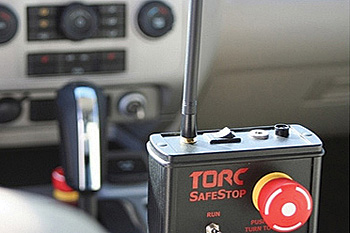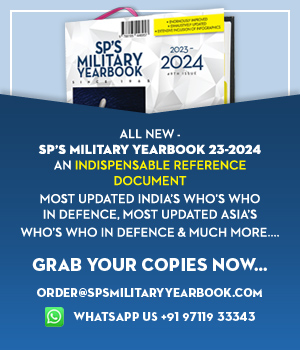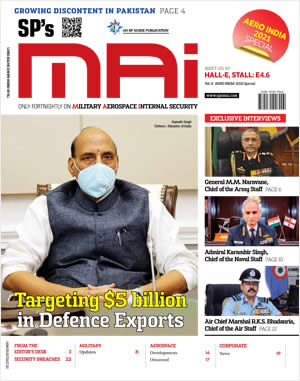INDIAN ARMED FORCES CHIEFS ON OUR RELENTLESS AND FOCUSED PUBLISHING EFFORTS

The insightful articles, inspiring narrations and analytical perspectives presented by the Editorial Team, establish an alluring connect with the reader. My compliments and best wishes to SP Guide Publications.

"Over the past 60 years, the growth of SP Guide Publications has mirrored the rising stature of Indian Navy. Its well-researched and informative magazines on Defence and Aerospace sector have served to shape an educated opinion of our military personnel, policy makers and the public alike. I wish SP's Publication team continued success, fair winds and following seas in all future endeavour!"

Since, its inception in 1964, SP Guide Publications has consistently demonstrated commitment to high-quality journalism in the aerospace and defence sectors, earning a well-deserved reputation as Asia's largest media house in this domain. I wish SP Guide Publications continued success in its pursuit of excellence.
- Indian Air Force Aims for Full Indigenous Inventory by 2047 — Air Chief Marshal A.P. Singh
- General Upendra Dwivedi takes over as the Chief of the Army Staff
- Rajnath Singh assumes charge as Defence Minister for the second consecutive term
- Admiral Dinesh K. Tripathi assumes Command of the Indian Navy as 26th Chief of the Naval Staff
- Prime Minister witnesses 'Bharat Shakti' – a Tri-Services Firing and Manoeuvre Exercise in Pokhran, Rajasthan
TORC Robotics to tackle highspeed autonomous vehicle navigation challenges

TORC Robotics has been subcontracted through the Robotics Technology Consortium (RTC) to develop an advanced sensor fusion system for the Department of Defense that will significantly increase high-speed obstacle detection range. This long-range obstacle detection, classification and prediction system will enhance autonomous navigation capabilities for unmanned ground vehicles operating in mission-relevant environments at speeds up to 100 kph. The system will be capable of detecting and maintaining a variety of tracking statistics for each obstacle. TORC will incorporate these enhanced capabilities with its core autonomy framework for future availability in its AutonoNav product line.
To support integration with the project sponsor’s autonomy framework, TORC will develop an application programming interface (API) for the advanced sensor fusion software, and build a hardware prototype capable of installation on a range of vehicles including the HMMWV and LMTV. The system fuses asynchronous and heterogeneous sensor modalities through a joint probabilistic data association approach to reduce false positive/negative data, which is essential to high-speed autonomous navigation. TORC will achieve long-range detection and classification through a combination of commercial-off-the-shelf LIDAR, radar and vision technologies from Ibeo, Velodyne, and Smartmicro. TORC will assess sensor and fusion performance at highspeed under a variety of man-made weather conditions to include rain, dense fog and snow at the Virginia Tech Transportation Institute (VTTI) Smart Road.
“Despite recent deployments of full-sized autonomous vehicles for operational assessments in Afghanistan, most are still quite limited in their ability to operate autonomously and at high speed outside of their pre-planned scenarios,” states Andrew Culhane, Business Development Manager at TORC Robotics, “The reality is that military UGVs need to be able to operate autonomously within complex mission environments while keeping pace with the force. In order for that to happen, UGV perception technology must be capable of detecting, classifying and predicting obstacles at longer ranges while moving at operational speeds.”
TORC Robotics will leverage software initially conceptualised under a DARPA SBIR now under further research on the RTC Sensorbased Collision Prediction project. This project provides the software architecture and obstacle prediction capabilities that TORC will extend to meet the requirements for this project. The primary research platform for this project is the ByWire XGV, a drive-by-wire controlled ground robotics vehicle.





